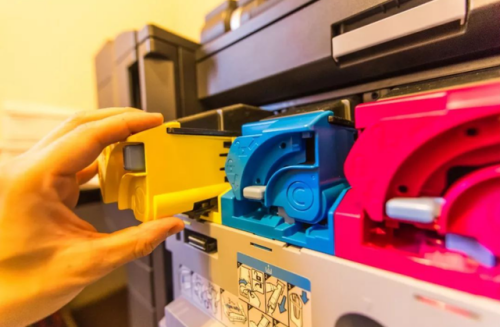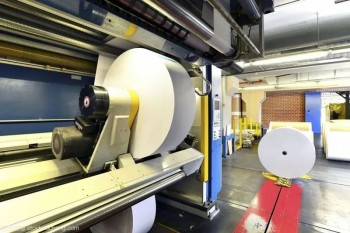As the weather gets colder, these printing details need to be paid attention to.
Time:2025-11-10
Views:38
1、Prevent the web offset printing ink from thickening in cold weather
For ink, if there is a significant change in room temperature and the liquid temperature of the ink, the ink‘s flow state will change, and the tone will also change accordingly. Meanwhile, the low-temperature weather will have a significant impact on the ink transfer rate of the high-gloss areas. Therefore, when printing high-end products, the temperature and humidity in the printing workshop must be controlled in any case. In addition, when using ink in winter, it should be preheated in advance to reduce the temperature changes of the ink itself.
Note that at low temperatures, the ink is too thick and has a high viscosity, but it is best not to adjust its viscosity with thinner or ink thinner. When users need to adjust the ink properties, there is a limit to the total amount of various additives that the original ink produced by the ink manufacturer can accommodate. Exceeding this limit, even if it can be used, will weaken the basic performance of the ink and affect the printing quality and printing technology.
The phenomenon of ink thickening caused by temperature can be solved by the following methods
(1) Place the original ink on the radiator or beside the radiator to allow it to warm up slowly and gradually return to its original state.
(2) In case of urgent need, boiling water can be used for external heating. The specific method is to pour boiling water into a basin, then place the original bucket (box) of ink in the water, but be careful not to let steam in. When the water temperature drops to around 27 degrees Celsius, take it out, open the lid and stir evenly before use. The temperature in the printing workshop should be maintained at around 27 degrees Celsius.

2、The Impact of Low-temperature weather on Paper
In printing production, paper is one of the consumables with extremely high requirements for environmental temperature and humidity. Paper is a porous material, and its basic structure is composed of plant fibers and auxiliary materials. It has strong hydrophilicity. If the environmental temperature and humidity are not well controlled, it will cause the paper to deform and affect normal printing. Therefore, maintaining an appropriate environmental temperature and humidity is the key to improving the quality of paper printed products and enhancing production efficiency.
Ordinary paper is not so sensitive to environmental temperature. However, when the environmental temperature drops below 10℃, ordinary paper becomes very "brittle", and the adhesion of the ink layer on its surface during the printing process will decrease, which can easily lead to ink loss.
Gold and silver card paper is usually produced by using coated paper, white board paper, white card paper, etc. as the base material, and then laminating PET film or aluminum foil and other materials. Gold and silver card paper has higher requirements for environmental temperature. This is because both metal and plastic materials are highly sensitive to temperature changes. When the environmental temperature drops below 10℃, it will greatly affect the adaptability of gold and silver card paper. When the storage environment temperature of gold and silver card paper is around 0℃, after being transported from the paper warehouse to the printing workshop, a large amount of water vapor will appear on its surface due to the temperature difference. It affects normal printing and may even lead to the occurrence of defective products. If the above problems are encountered and the delivery time is tight, the staff can first turn on the UV lamp tube and let the paper run empty once to balance its temperature with the ambient temperature before formal printing.
In addition, low-temperature drying with low relative humidity causes moisture exchange between the paper and the air, making the paper dry, warped and shrunk, which can lead to poor overprinting.

3、The influence of low temperature on glue and adhesives
Adhesives are an important chemical agent in today‘s industrial production, and the performance of adhesives directly affects the quality of industrial products. An important technical indicator in the production of adhesives is the control of temperature. The raw materials of adhesives are mostly organic polymers, which are highly dependent on temperature. This means that their mechanical properties and viscoelasticity are affected by temperature changes. It should be pointed out that low temperature is the main culprit for false adhesion of glue.
When the temperature drops, the hardness of the adhesive becomes harder, altering the stress effect at the adhesive site. In the opposite low-temperature state, the movement of polymer chains in the adhesive is restricted, reducing the elasticity of the adhesive.
.jpg)
.jpg)














